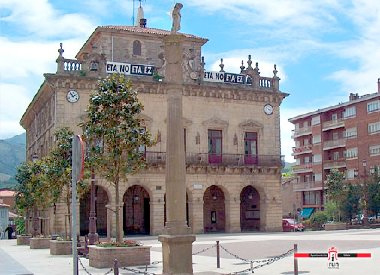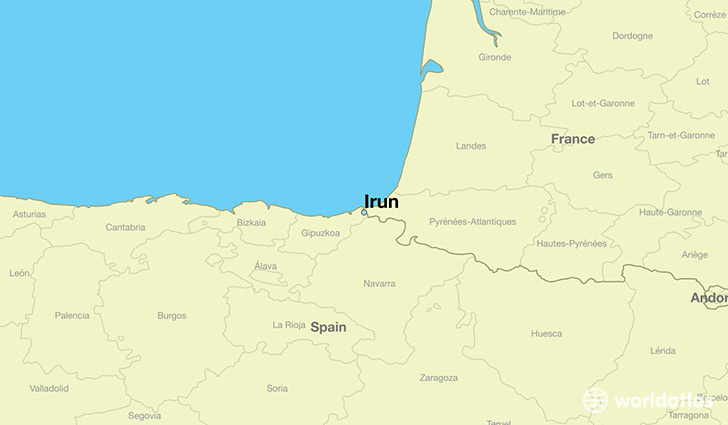"If you have men who will only come if they know there is a good road,I don't want them. I want men who will come if there is no road at all. "(David Livingstone)
The shortest distance from Guwahati(Assam) to Shillong is approx.120km .
The unknown and
unseen often beckons, leading us to take the “less trodden”
route to Shillong via Rani, Patharkhama
, Nongstoin.... onwards. Interesting that it was , it was an eye-opener that to
see the ever-changing world you don’t have to go very far....it’s just around
your kitchen ...“the great, wide , beautiful , wonderful world.”(W.B.Rands)
Driving 286kms
through lonely ,motorable roads where a knowledge of the local language (khasi)is
helpful while ordering your cuppa of the energizing red tea , we realised the
immense natural bounties of flora and fauna that this region had to offer. Dotted
with hamlets in the undulating terrain , with a roadside tea (cha) shop here
and there, the potato fields, groves of pine trees , rice-fields , waterfalls and the
lake all encompassing, highlights the authenticity about travel , life and
adventure. Sometimes you do want to leave behind the dis-spirited , mundane
existence of everyday life and
unashamedly lust for the existence of a gypsy, to do what pleases you ,with
not a care in the world.
This took us through remote parts of the state of
Meghalaya(India) spending a night at Nongstoin in the government guest house
, before rambling on to Barapani and
finally Shillong.
The word “Maw” means Stone and "Um" is water in Khasi ,words you will be coming across often in
this write-up. Names of many towns and villages begin with these words.
| En-route |
The road –mapping was done by Bee, my travelling companion, with the necessary stops and pauses to interact with the local populace. From
Guwahati we proceeded to Rani via Deepor Beel and onwards to Pathorkhama. Our
first stop was at Umrit Bazaar where we bought red berries and pine-apples, making use of the limited Khasi words I profess to know and speak badly.
Onwards to Nongkhlow , made famous by the freedom fighter U
tirot Singh who came into conflict with the British when David Scott was the
administrator. The Martyr's statue stands tall at Mairang recognising his bravery and sacrfice during the Anglo-Khasi War.
“Killing rock” was our next stop. Difficult to ascend if you’re
not in good shape and even if you do, there is lurking danger that the wind may topple you
down.We used four-paws at times to reach half-way and patted our backs for it.At fifty-nine years it was a Herculean task.
Lunch of piping hot “momos”(dumplings ) and soup was at
Marbaniang cafe , Mairang . The limited staff maintained the norms of gentility
and cleanliness making us feel at home and we stuffed ourselves to our necks before
we ventured on . Henceforth , the road was superb till we reached Nongstoin
where we spent the night .
| |
| Killing Rock
With the sunrise we wove our way to see the undisturbed pastoral island of Nongkhnum ,the second largest river-island in the world after Majuli . A must-see is the Weinia Waterfalls on the river Kynshi near the island. With not a soul around , the sound of running water was oddly amplified and the plants/animals became our friends.
|
| river island of Nongkhnum |
| Weinia Waterfalls |
The captivating sight of light on river, the soft hills and
green foliage , the silvery spray of the waterfall left us immersed in nature’s
splendour . We drove on to the tri-junction Mawmaram (i hope I’ve got the name
right) and turned left for Mawlyngdep.
A well-organized , clean village where everything seemed to
be in perfect order like a disciplined school under a strict Headmaster ,
Mawlyndep gave way to beautiful rolling hills and meadows which perhaps enabled
Shillong to earn the epithet “Scotland of the East.”
From Umbir it was onwards to Umiam (Barapani) . Shillong
stood 16 kms away at an altitude of 4,908 feet
the highest point being the Shillong Peak at 6499feet.
TIPS: Cell-phone connectivity is poor.
Take enough water bottles.
Start your journey early.
TIPS: Cell-phone connectivity is poor.
Take enough water bottles.
Start your journey early.
Let me end with words about Shillong which I had learnt as a child.
“Where waters are falling /the hill-sides are calling....
Shillong/ Where cool air is crisper/ the breezes all whisper ....shillong/ For
this is a city that’s set on a hill / and its light will shine wider
still...........”






